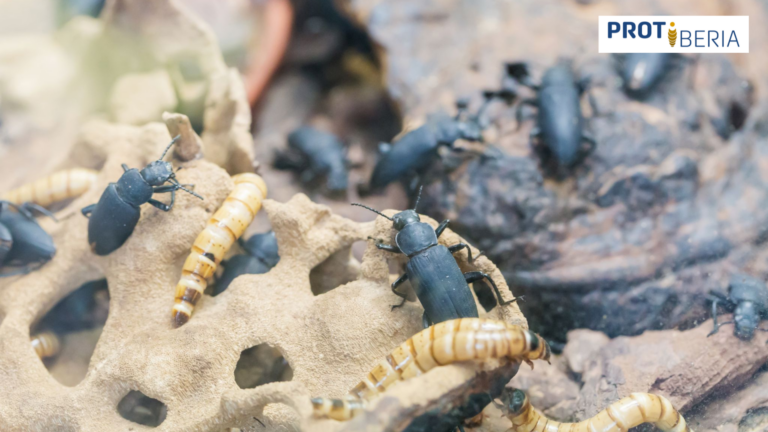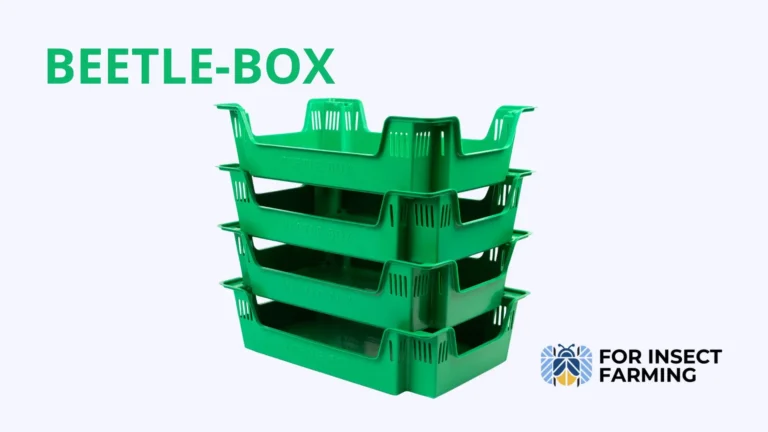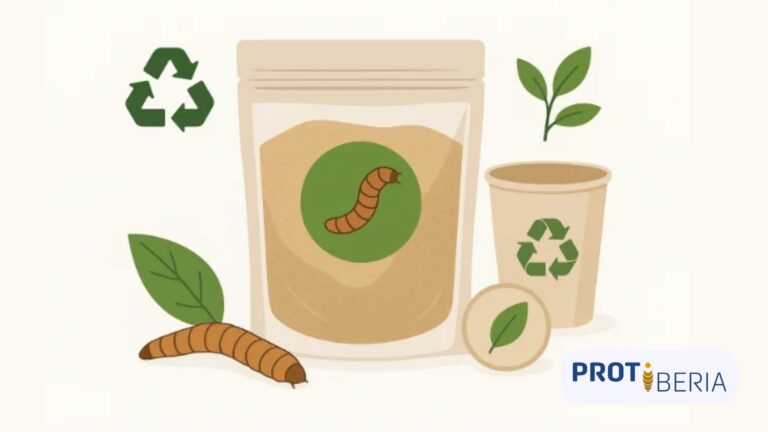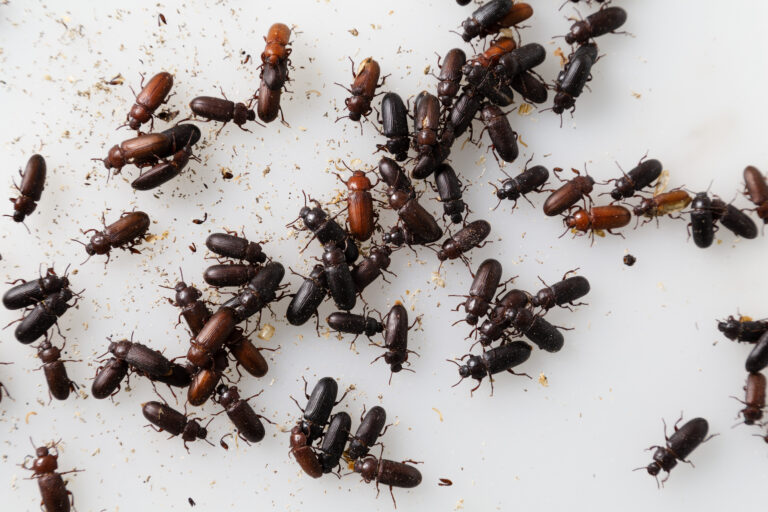| Insect breeding at an industrial level is an activity with the potential to produce high-quality protein sustainably and profitably. However, it also presents several challenges that require measuring and controlling different variables that affect the production process. |
Insect breeding at an industrial level presents several challenges but also opportunities to develop a more sustainable, profitable and efficient production model.
Insects are a source of high-quality protein that requires fewer resources and generates less environmental impact than other animal sources. In addition, they have multiple applications in different sectors such as animal feed, aquaculture, agriculture, cosmetics or pharmacy.
To improve the production process of insect breeding, it is important to measure and control various variables that affect the performance and quality of the products obtained. Some of these variables are:
1. Climate and environment
Temperature, humidity, lighting, ventilation and other environmental factors that influence the growth and development of insects can be measured. These factors must be adapted to the needs of each species and life stage to optimize their well-being and productivity.
For example, the mealworm (Tenebrio molitor), one of the most commonly used insects in the industry, requires a temperature between 25 and 30°C and a relative humidity between 50 and 70%.
2. Feeding
The food must be suitable for the type of insect, its nutritional composition and digestibility, as it influences the growth, health and quality of the products derived from insects. In addition, it must be accessible, economical and sustainable.
Some sources of food for insects are organic waste, agro-industrial by-products or compound feeds.
3. Growth and development
The growth rate and development time of insects can be measured, as well as their weight and size. These indicators allow the efficiency of the production process to be evaluated and the optimal time for harvesting or processing insects to be determined.
For example, the mealworm has a life cycle of about three months under optimal conditions, passing through the stages of egg, larva, pupa and imago (beetle).
4. Health
The health of insects must be monitored and possible diseases or pests that may affect their survival or quality detected.
For this purpose, diagnostic methods based on visual observation, microbiological analysis or the use of sensors can be used. Preventive or corrective measures can also be applied to ensure biosecurity and animal welfare.
5. Production
It is the quantity of insects produced, as well as their quality and nutritional value. These variables depend on the previous factors and determine the economic and environmental performance of the production process.
Indicators such as live weight, dry weight, protein or lipid content or the energy value of insects can be used. The organoleptic (taste, smell, texture) or functional (antioxidant, antimicrobial) characteristics of derived products can also be evaluated.
6. Costs
We must analyze the production cost and the income generated by the sale of insects or their products. The cost includes expenses associated with infrastructure, equipment, food, personnel, transportation or processing.
Income depends on market price and product demand. Tools such as cost-benefit analysis or cost-effectiveness analysis can be used to evaluate business profitability.
7. Inventory management
The amount of food, supplies and equipment available on the insect farm can be measured. This allows for planning purchases, storage and use of resources, avoiding waste or scarcity. A record of the entry and exit of products can also be kept, as well as their traceability and quality.
8. Supply chain management
The efficiency and effectiveness of supply chain management can be measured, including the acquisition of materials, transportation and distribution of products. This involves coordinating the different actors involved, such as suppliers, customers, intermediaries or regulators.
Legal and health regulations in each market must also be complied with.
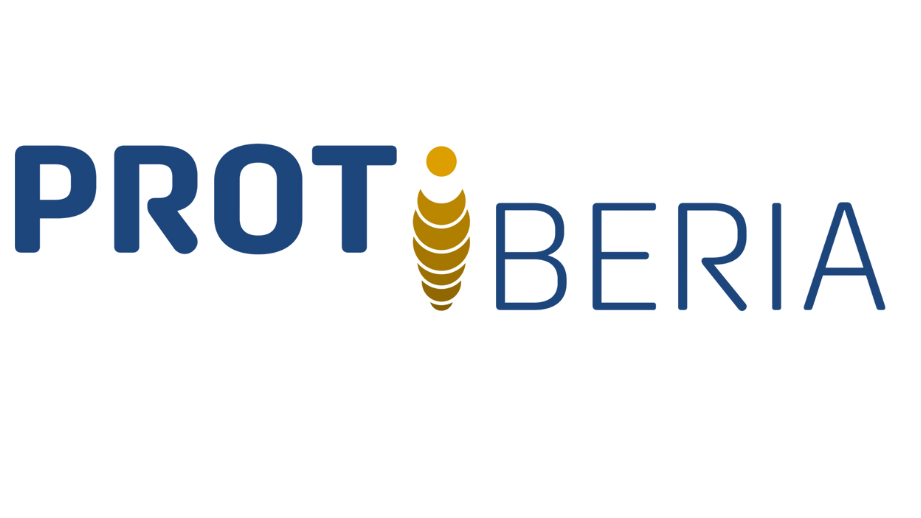
In conclusion, industrial insect farming presents several challenges that must be overcome to optimize the production process and ensure the quality of insects. To do this, it is necessary to measure and control various variables that influence the growth, health and production of insects.
If you want to learn more about this topic, we invite you to follow us on our social networks or contact us for personalized advice. Don’t hesitate and join the insect revolution with Protiberia!
References
Madau, F. A., Arru, B., Furesi, R., & Pulina, P. (2020). Insect farming for feed and food production from a circular business model perspective. Sustainability, 12(13), 5418. https://doi.org/10.3390/su12135418
Niyonsaba, H. H., Höhler, J., Kooistra, J., Van der Fels-Klerx, H. J., & Meuwissen, M. P. M. (2021). Profitability of insect farms. Journal of Insects as Food and Feed, 7(5), 923-934. https://doi.org/10.3920/JIFF2020.0087
